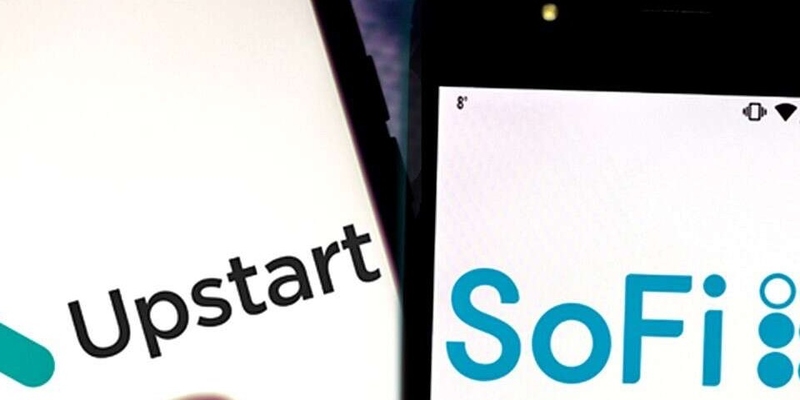Retirement planning involves making informed decisions about various savings vehicles available. Two popular options are Individual Retirement Accounts (IRA) and employer-sponsored 401(k) plans. Understanding the differences between these two can significantly impact your retirement strategy. This article aims to explain the disparities between IRAs and 401(k)s, providing clarity on each option's features, benefits, and considerations.
Individual Retirement Accounts (IRA)
Individuals can independently open personal retirement accounts, known as IRAs. These attractive options for retirement savings provide tax advantages. Traditional IRAs, Roth IRAs, and SEP IRAs represent the diverse types of available IRA choices. Each type has its unique features and eligibility criteria.
Individuals can contribute pre-tax income to Traditional IRAs. This amount has the potential for tax-deferred growth until withdrawal during retirement. Conversely, one must make after-tax contributions towards Roth IRAs. Yet they provide an advantage that under specific conditions, withdrawals in retirement remain entirely tax-free. Designed for self-employed individuals or small business owners are SEP IRAs. These offer a simplified method of saving for retirement and concurrently enjoying attractive tax benefits.
- Consideration: Roth IRA contributions are not tax-deductible, but they offer tax-free withdrawals in retirement, providing valuable tax diversification in retirement income.
- Note: SEP IRAs are an excellent option for self-employed individuals or small business owners, allowing for substantial contributions towards retirement savings.
401(k) Plans
Typically sponsored by employers, 401(k) plans serve as retirement savings accounts. Employees can contribute a portion of their salary on a pre-tax basis to these plans, often with an employer match. The higher contribution limits of 401(k) plans compared to IRAs offer individuals one significant advantage. They can increase their annual retirement savings significantly each year.

Employers who sponsor 401(k) plans may provide extra benefits such as employer matching contributions, and profit-sharing contributions, and they allow individuals aged 50 and above to opt for catch-up contributions. Nonetheless, the investment flexibility could be restricted because usually, it's only within a limited range of options predetermined by the employer that one can invest in a 401(k) plan.
- Caution: While employer matching contributions are advantageous, individuals should be aware of any vesting schedules that determine when they become entitled to the matched funds.
- Fact: 401(k) plans may offer loan provisions, allowing participants to borrow against their retirement savings under certain circumstances.
Differences in Contribution Limits
IRAs and 401(k) plans distinguish themselves notably in their contribution limits. For the tax year 2024, individuals under 50 can contribute a maximum of $6,000 to an IRA. Those aged over 50 enjoy an extended limit with an additional catch-up contribution allowance. This allows them to put in up to $7,000.
Contrarily, 401(k) plans boast much higher contribution limits. Individuals under 50 can set their annual limit at $20,500, a figure that dwarfs the cap imposed by other retirement options. For older participants there is an additional advantage, they may opt for a catch-up contribution option of $6,500.
- Consideration: Individuals should strive to maximize their retirement contributions within the allowable limits to take full advantage of tax-advantaged savings.
- Fact: Catch-up contributions for individuals aged 50 and above allow for accelerated retirement savings in the years leading up to retirement.
Employer Contributions and Matching
The potential for employer contributions and matching within 401(k) plans underscores another notable difference. Numerous employers provide matching contributions, a powerful incentive urging employees to save for retirement.
Significantly boosting retirement savings, employer matches effectively offer free money towards one's retirement fund. Traditional IRAs do not provide such matching contributions, thereby making 401(k) plans an enticing choice for individuals who aim to optimize their retirement savings with employer assistance.
- Consideration: Employer matching contributions are subject to annual contribution limits, so individuals should ensure they contribute enough to receive the maximum match.
- Note: Some employers may offer profit-sharing contributions in addition to matching contributions, further enhancing the retirement benefits of 401(k) plans.
Tax Treatment and Withdrawals
IRAs and 401(k) plans also differ in tax treatment and withdrawal rules. Individuals make contributions to traditional IRAs and 401(k)s with pre-tax dollars, thus reducing their taxable income for that particular year of contribution. However, during retirement, when needed most, one must be prepared for the inevitable. Withdrawals from these retirement accounts are subject to income tax.

Contrarily, contributors utilize post-tax dollars for their involvement in Roth IRAs. This denotes that these specific contributions are made with after-tax funds. It's important to note that there isn't an immediate provision of tax benefits upon contributing to a Roth IRA. Qualified withdrawals during retirement escape all forms of taxation, including both investments and initial contributions. The potential for tax-free growth renders Roth IRAs appealing, particularly so for individuals anticipating elevation into higher tax brackets upon retiring.
- Caution: Early withdrawals from traditional IRAs and 401(k) plans before age 59 may incur penalties in addition to income tax.
- Note: Roth IRA contributions can be withdrawn penalty-free at any time, making them more flexible for certain financial needs.
Accessibility and Eligibility
IRAs and 401(k) plans differ in their accessibility and eligibility criteria. Anyone with earned income, regardless of employment status, can access IRAs. This accessibility extends to self-employed individuals as well as those lacking employer-sponsored retirement plans. Yet, based on income level and participation in employer-sponsored plans, contribution limits may vary along with tax deductibility.
401(k) plans, however, remain exclusive to employers who choose to offer these retirement savings options. Thus, individuals can only participate if they are employed by a company providing such a plan. Moreover, eligibility for employer matches and other benefits inherent in the 401(k) may hinge upon specific criteria determined by the employer. Tenure requirements or minimum work hours worked could serve as examples.
- Fact: Some individuals may have access to both an IRA and a 401(k) plan, allowing them to maximize their retirement savings through multiple avenues.
- Consideration: Individuals should evaluate their employment status and retirement goals when choosing between an IRA and a 401(k) plan to ensure they select the most suitable option for their needs.
Conclusion
In conclusion, both IRAs and 401(k) plans offer valuable opportunities for retirement savings, each with its own set of features, benefits, and considerations. Understanding the differences between these two retirement accounts is crucial for developing an effective retirement strategy tailored to individual financial goals and circumstances. By weighing the advantages and limitations of IRAs and 401(k) plans, individuals can make informed decisions to secure their financial future in retirement.




